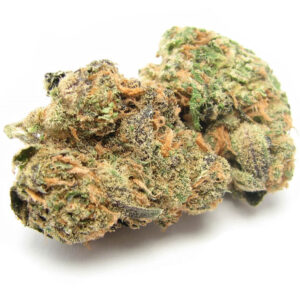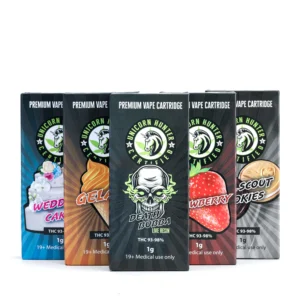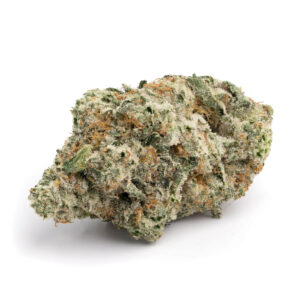Cannabis concentrates are slowly becoming a popular alternative to flowers. They contain only the most beneficial parts of the cannabis plant, making them great for vaping and dabbing, and are excellent for those looking for a more concentrated dose. The purest forms of concentrates have THC concentrations higher than flowers, so they are effective for medicating.
Concentrates, however, come in many kinds, which can easily overwhelm you. The easiest way to distinguish between products is by knowing how they are made. Concentrates are divided into two main categories: solvent-based and solventless. Some products only contain cannabinoids and terpenes, while others only have cannabinoids, and then there are various combinations of each. Read on to learn more about them.
What are Solvent-Based Concentrates?
A solvent is a chemical that dissolves solid to turn into liquid. In the cannabis industry, the most common solvents are butane, alcohol, propane and CO2. Many people refer to oil concentrates because of their consistency. The same extraction method can produce various consistencies, so all this comes down to preference. Listed below are the concentrates you can get from the solvents mentioned above.
- Butane hash oil (BHO). This is the most common solvent-based extraction method. Butane is passed through the plant material to strip it of terpenes and cannabinoids. The resulting solution is placed in a vacuum oven to be purged of butane. THC content is 60 to 90 percent.
- Ethanol hash oil (EHO). This concentrate is used to create most shatter and wax. It involves briefly soaking the bud in pure alcohol at low temperature to remove the terpenes and cannabinoids. THC content is 60 to 90 percent.
- Propane hash oil (PHO). The process is similar to that of butane extraction, but at a lower boiling point and higher pressures. This preserves more terpenes and delivers fewer residuals. THC content is 70 to 90 percent.
- CO2 oil. This extraction process is safer to use compared to butane and propane. It has no harmful residuals, although some people claim that it is less flavorful. THC content is 50 to 75 percent.
What are Solventless Concentrates?
As its name implies, solventless concentrates are made with extraction processes that does not involve solvents or toxicity risks. Most of them only contain the head of the plant trichomes, which is where the highest concentration of terpenes and cannabinoid are found. Some of the most common solventless concentrates include.
- Bubble hash. This is made by soaking and shaking the bud in ice water. In the cold, the trichomes break off and pass through a filter to catch the rest of the plant matter. It gets its name from how quickly it melts or bubbles under a flame. THC content is 40 to 70 percent.
- Kief. This is a kind of dry sift and is one of the oldest and most flavorful kinds of cannabis concentrates today. Kief is extracted by passing flower against a fine screen to gather the trichomes, which are then gathered and stored. You can use a special grinder to do this at home. THC content is 20 to 60 percent.
- Rosin. One of the safest and newest forms, this is made by applyingheat and pressure. It is important to keep them consistent as differing pressures and temperatures yields highly variable results. THC content is 60 percent or more.
Solventless extraction is a good option for those are into DIY. On the other hand, solvent-based concentrates usually get a bad rep mostly because of the potentially harmful techniques and ingredients involved. Only trust concentrates from regulated and licensed dispensaries. These companies use professional equipment to create tasted and labeled products each time. This way, quality, safety and purity are assured.






